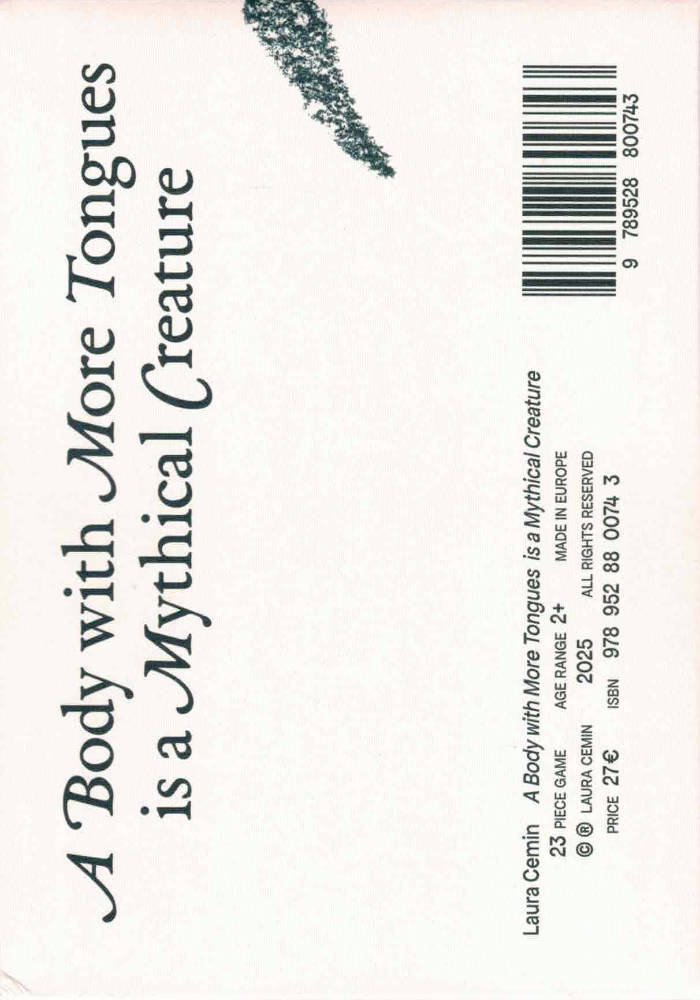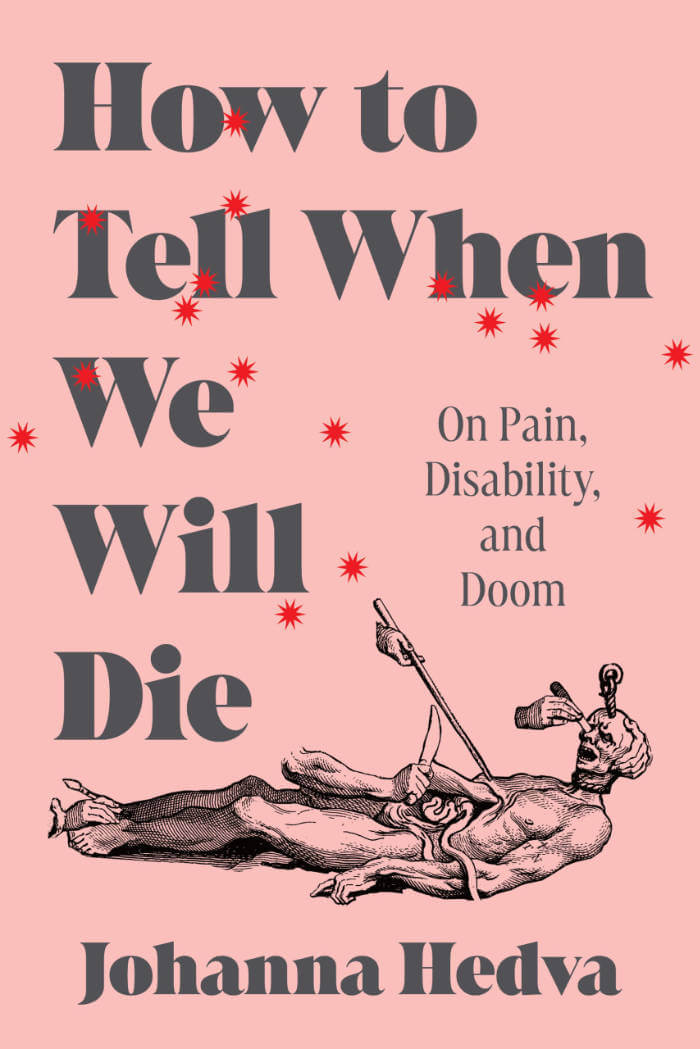
Thinking Conditioning through Practice
Alex Arteaga ed., Heike Langsdorf ed.
The books included in the series Choreography as Conditioning are rooted in a cycle of work sessions entitled CASC at KASK, in which students work together with invited guests. They explore the notions of choreography, understood as ways of organizing subjects in their surroundings, and conditioning in both art-making and society-making. Where, how, and by whom are things organized and what kind of landscapes of experience are made (im)possible by the practices we enact and encounter?
Thinking Conditioning through Practice, the first book in this series, addresses the question of how these practices destabilize and (re)constitute the concept of conditioning through six writing processes performed by Alex Arteaga, Julia Barrios de la Mora, Julien Bruneau, Laetitia Gendre & Miram Rohde, Heike Langsdorf and Kristof Van Baarle.
June 2018
Language: English







